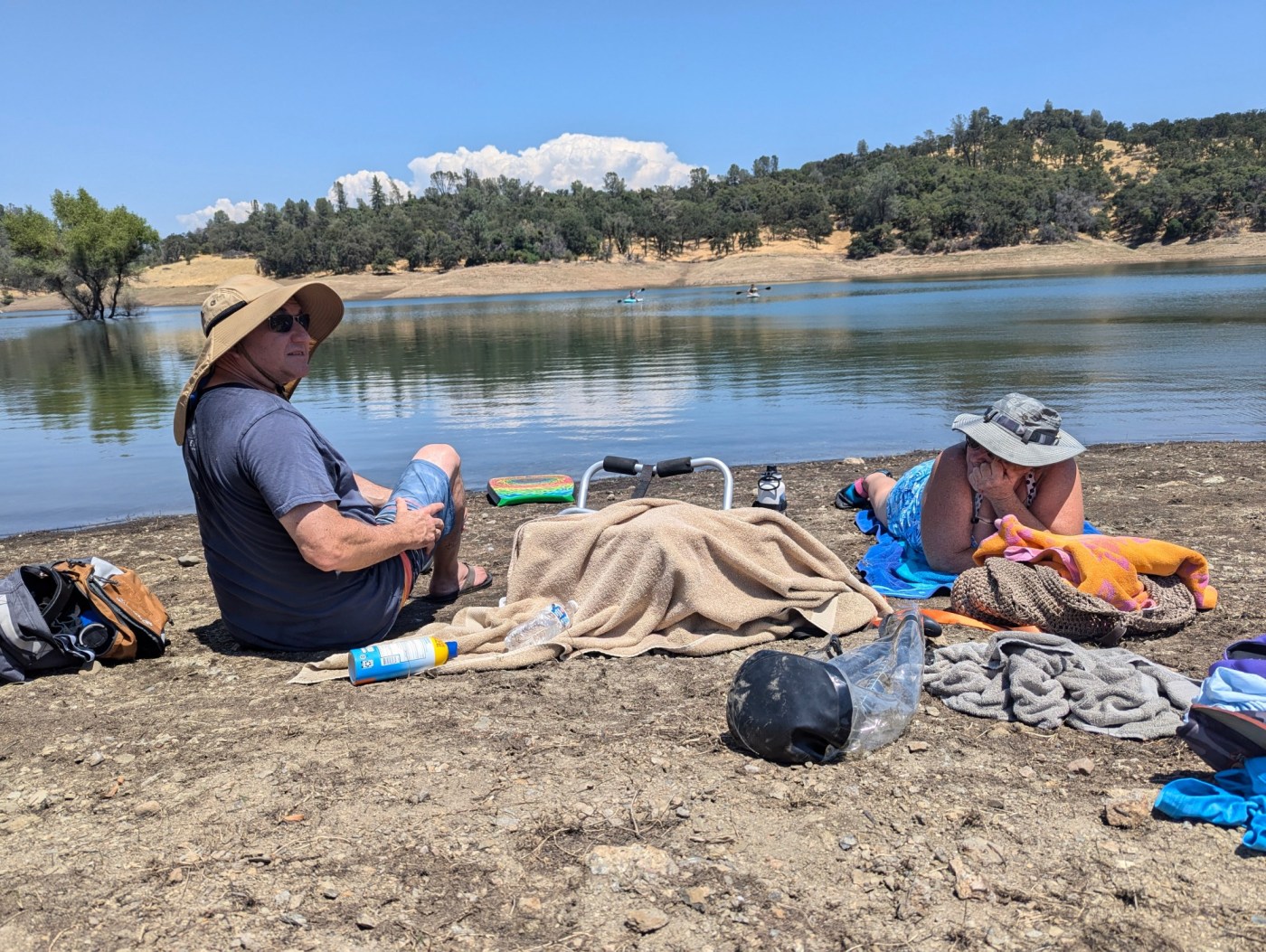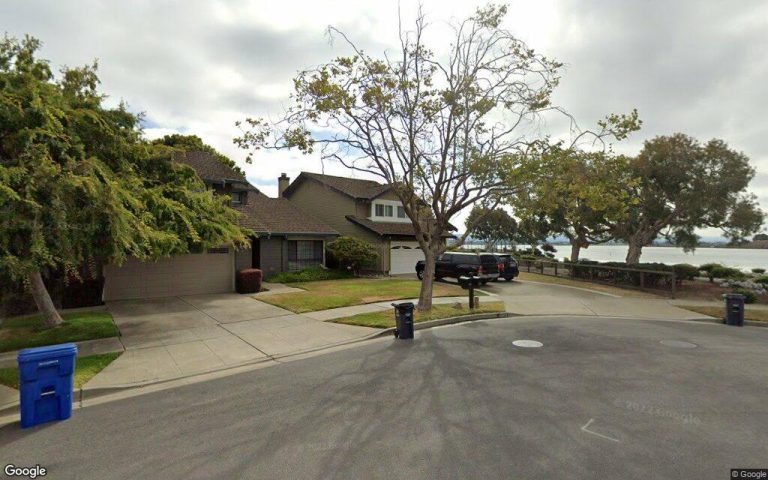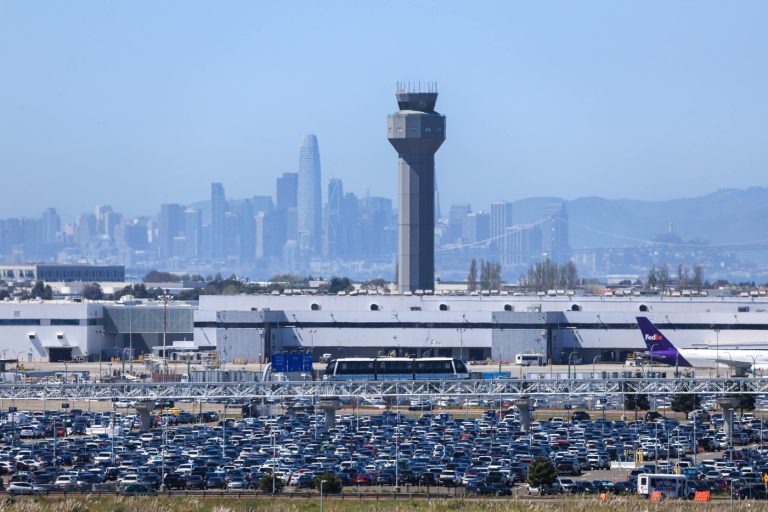OROVILLE — Lake Oroville’s water level peaked nearly a month earlier than last year but has steadily decreased since mid-June.
By May 2, the lake had almost reached its 900-foot capacity and began to drop off on June 10 whereas it hit capacity in 2023 on June 20. As of Tuesday, the lake had fallen to only 873 feet.
Molly White, the water operations executive manager for the California Department of Water Resources, said the inflows from the snowpack that fed the lake in recent months have dropped off.
“Outflows from Lake Oroville are currently exceeding inflows into the reservoir as runoff has significantly dwindled,” White said. “DWR would expect reservoir levels to continue to drop through the summer, as they do every year, as we meet downstream Delta flow and water quality requirements, local water supply needs, and deliver water to the 29 state water contractors that supply water for 27 million Californians and 750,000 acres of farmland.”
Inflows into Lake Oroville have ranged from 2,100 and 3,700 cubic feet per second for about a week. White said water is being released through the Hyatt Powerplant as well as for deliveries and environmental requirements, but the outflow is being adjusted daily.
“Outflows from Lake Oroville are currently around 11,500 cfs and include releases needed to meet downstream water quality and flow requirements, water supply deliveries south of the Delta, and local water supply deliveries from the Oroville-Thermalito complex to the western and Richvale Canal and Sutter Butte Canal,” White said. “Total downstream Feather River releases are at 8,000 cfs which includes 1,500 cfs through the city of Oroville and 6,500 cfs from the Thermalito Afterbay river outlet.”
The lower lake levels don’t appear to be stopping recreational use. Boats still line areas of the lake, and people can still be found paddleboarding, swimming, fishing and riding water scooters.
At a popular spot just north of Lime Saddle, Michael Bogdanoff and Alisa Carey could be found enjoying the sunshine while Bogdanoff’s sons paddleboarded on the lake. Bogdanoff said it was his first time at Lake Oroville. Carey, who has lived in the area for about two years, said she noticed the drop in water level.
Related Articles
Massive fish die-off in Fremont’s Lake Elizabeth points to decades of neglect
Water district delays vote on law to remove homeless encampments from creeks in San Jose, Santa Clara County
Dog missing since July 4th is rescued by canoer at Redwood City mudflats
Free water shuttle between Alameda and Oakland starts service July 17
Lush flowers are sending a warning about California’s wildfire season
“Normally when we come the water is up higher, and there’s shade,” Carey said. “This is one of the first times I’ve come where it’s this low and there’s no shade.”
Despite the drop in elevation, Carey said the two were enjoying their time at the lake.
“It’s still fun, and we’ve got the wildlife which makes it enjoyable,” Carey said. “And the fact that there’s not a whole lot of people here makes it peaceful.”












